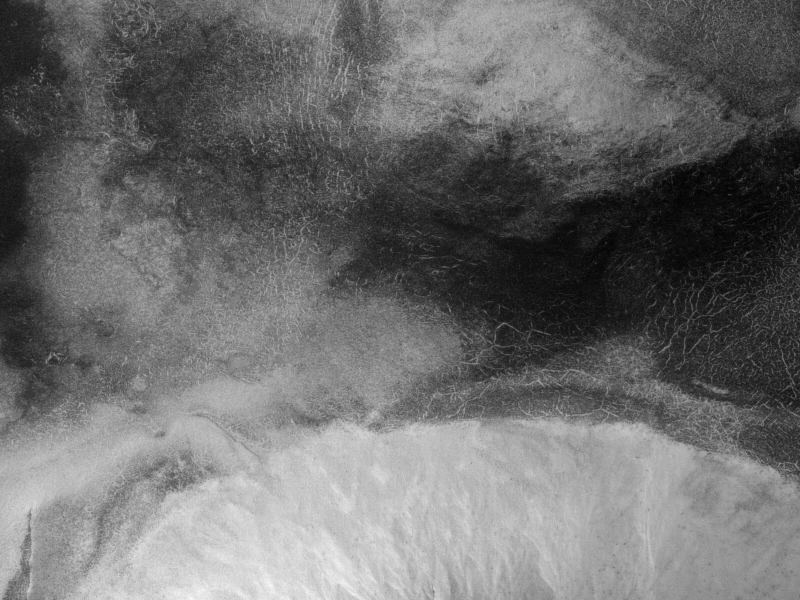Simple “analysis” of rock on Mars
I was playing a little bit with one interesting rock “sample” from Mars. Oh, yes, “sample from Mars”. I mean with some interesting picture of one nice piece of rock on Mars, located at Bradbury site – place where MSL Curiosity has landed in August 6, 2012. If I remember correctly, it was at 05:17 UTC.
This rock was imaged on Sol 2 of Curiosity’s mission on Mars. OK, lets see the raw picture I have found when walking on Mars through the Baradbury landing site. I used the virtual environment, with photos from Midnight planets software.

The raw image above displays the rock sample. As you can see, this rock is not covered by dust.
The first thing what I did, was to change the color channels to alpha.

The color of the rock has not changed very much. Some details are visible. I like especially the “green” shadows on the sides of the rock. But what will happen, if I will downgrade the green channel of the image to 0.0 %, will there appear some more interesting details? Yeah, look at those nice details around.

We can display some of the hidden details even here. Lets see what will happen, if we will set the main curves of the histogram to its maximum.

What do you think, isn’t it interesting? OK, and what about to switch the curves to its other side.

Yeah, this is like some photo taken by some kind of alien. But even in this picture you can find many differencies and interesting features which can be studied.
And where is the rock I was playing with, located?

OK, game is over, lets go back to work 🙂
—
Image source: NASA, JPL-Caltech










I am just reading one book and seeing the same rock I mentioned in the article above. I have just realized that I did not mention the name of this fascinating rock. The photo of this rock was captured by Spirit rover on January 1, 2004, and it was named “Adirondack”. What do you think, do you like its name?